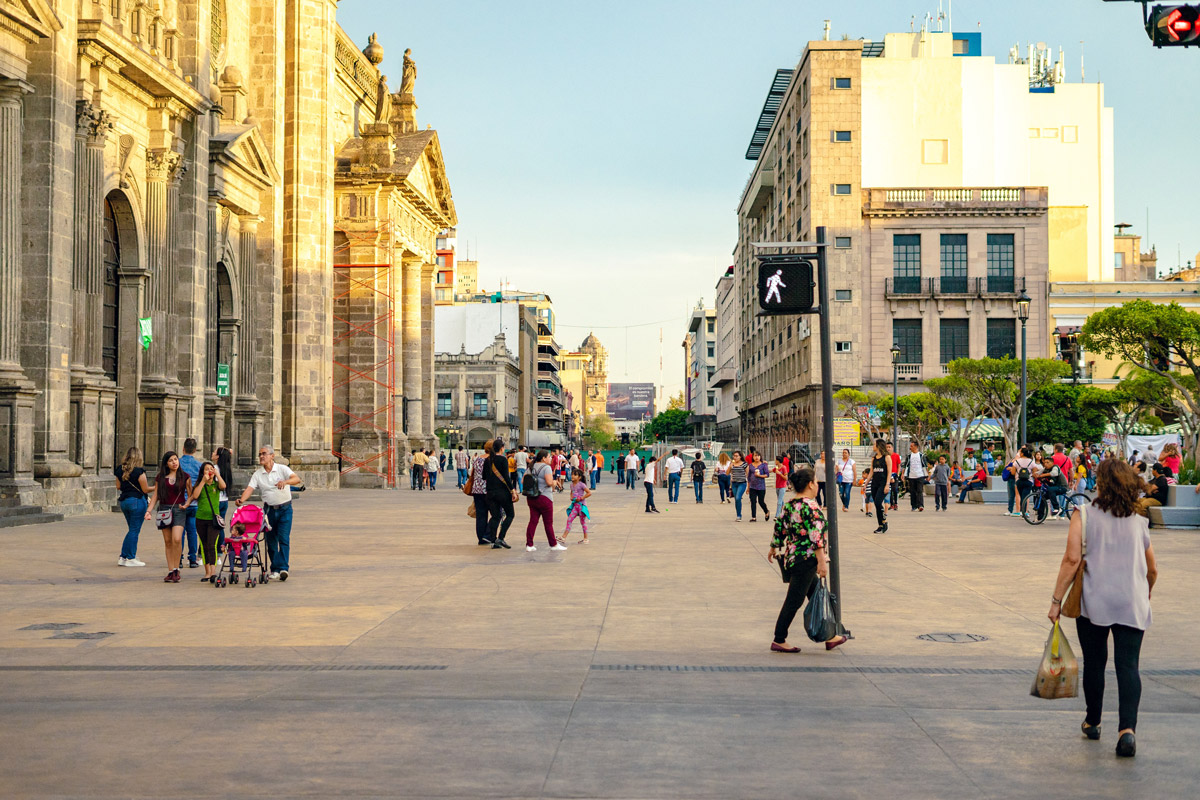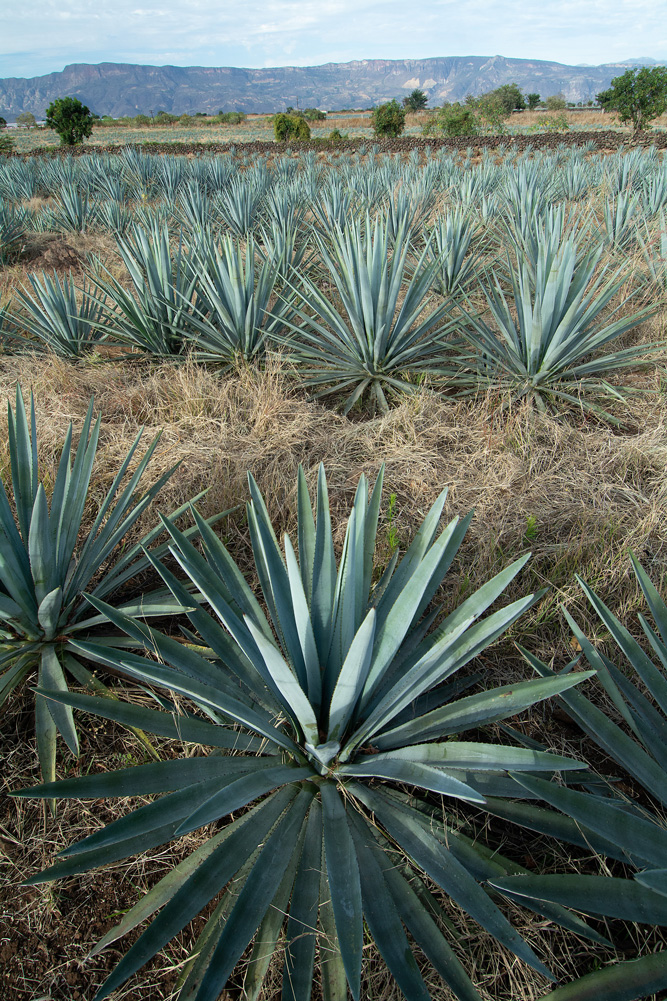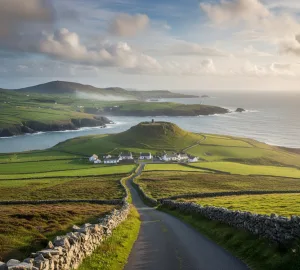4 minute read
If you’re a fan of tequila, then you’ve undoubtedly heard of Guadalajara, the heart of Mexico’s most famous spirit. This culturally rich city, capital of the state of Jalisco, is not only home to the world’s best tequila, but it’s also where the agave plant, the foundation of this exceptional drink, thrives. In this comprehensive guide, we’ll delve into the fascinating history, production process, and distinctive characteristics of Guadalajara tequila, ensuring you become an expert on this exquisite spirit.
1. The Birthplace of Tequila: Guadalajara, Jalisco
Jalisco, one of Mexico’s 31 states, boasts a diverse landscape that stretches from the Pacific coastline to the Sierra Madre Occidental mountains. Guadalajara, Jalisco’s capital, is renowned as the birthplace of tequila. This vibrant city’s history, culture, and natural environment have shaped the spirit’s unique flavor profile, making it the world-famous beverage it is today.
2. Blue Agave: The Foundation of Tequila
At the core of Guadalajara tequila lies the blue agave plant (Agave tequilana Weber Blue variety), native to Mexico’s volcanic soil. The agave’s high sugar content, specifically fructose, lends itself to the fermentation and distillation processes that yield tequila. The plant’s cultivation and harvesting, known as “jima,” are labor-intensive, as each agave must be tended to by skilled jimadores over several years.
3. The Tequila Production Process: From Agave to Bottle
The making of Guadalajara tequila involves several key stages, including agave cultivation, harvesting, cooking, extraction, fermentation, distillation, aging, and bottling. Each step contributes to the final product’s flavor, aroma, and color, with variations in technique resulting in distinct types of tequila: blanco, joven, reposado, añejo, and extra añejo.
4. The Appellation of Origin: A Guarantee of Quality
Tequila boasts an Appellation of Origin, similar to that of Champagne in France, ensuring that only spirits produced in specific regions of Mexico using traditional methods and blue agave can be labeled “tequila.” This distinction guarantees the quality and authenticity of Guadalajara tequila, while also protecting its cultural heritage and economic value.
5. The Tequila Route: A Cultural and Gastronomic Journey
For those seeking to experience Guadalajara tequila in its birthplace, the Tequila Route is a must. This fascinating journey through Jalisco’s agave fields and historic distilleries includes visits to the town of Tequila, the Tequila Volcano, and UNESCO World Heritage sites. Along the way, you’ll have opportunities to savor local gastronomy and immerse yourself in the region’s rich culture. Additionally, Jalisco’s Pacific coastline boasts some of the most beautiful Mexico beaches, providing the perfect setting to unwind and enjoy the natural beauty of the region after exploring the world of tequila.
6. Tasting Guadalajara Tequila: Savoring the Spirit
To fully appreciate Guadalajara tequila, one must learn the art of tequila tasting. This involves assessing the spirit’s appearance, aroma, and flavor, and understanding the nuances that distinguish different types of tequila. Mastering the tasting process will deepen your appreciation for Guadalajara tequila and help you identify quality spirits.
7. Tequila Cocktails: Beyond the Margarita
Guadalajara tequila’s versatility extends beyond the classic margarita. Mixologists worldwide have embraced this spirit, creating innovative cocktails that showcase its unique flavors. From the Paloma to the Tequila Sunrise, these concoctions demonstrate the adaptability and appeal of Guadalajara tequila in the world of mixology.
8. Responsible Consumption: Savoring Tequila Responsibly
As with any alcoholic beverage, responsible consumption of Guadalajara tequila is crucial. Savoring tequila in moderation, understanding its effects, and promoting a culture of respect for the spirit’s heritage and production process are essential for enjoying this remarkable drink responsibly.
Guadalajara tequila, with its rich history, intricate production process, and diverse flavor profiles, is a spirit that deserves to be celebrated and appreciated. By understanding the nuances of tequila production, engaging in responsible consumption, and immersing oneself in the culture of Jalisco, one can truly grasp the essence of this world-famous spirit. Whether you’re a tequila aficionado or a curious newcomer, the journey of discovering Guadalajara tequila is a rewarding and enlightening experience.








